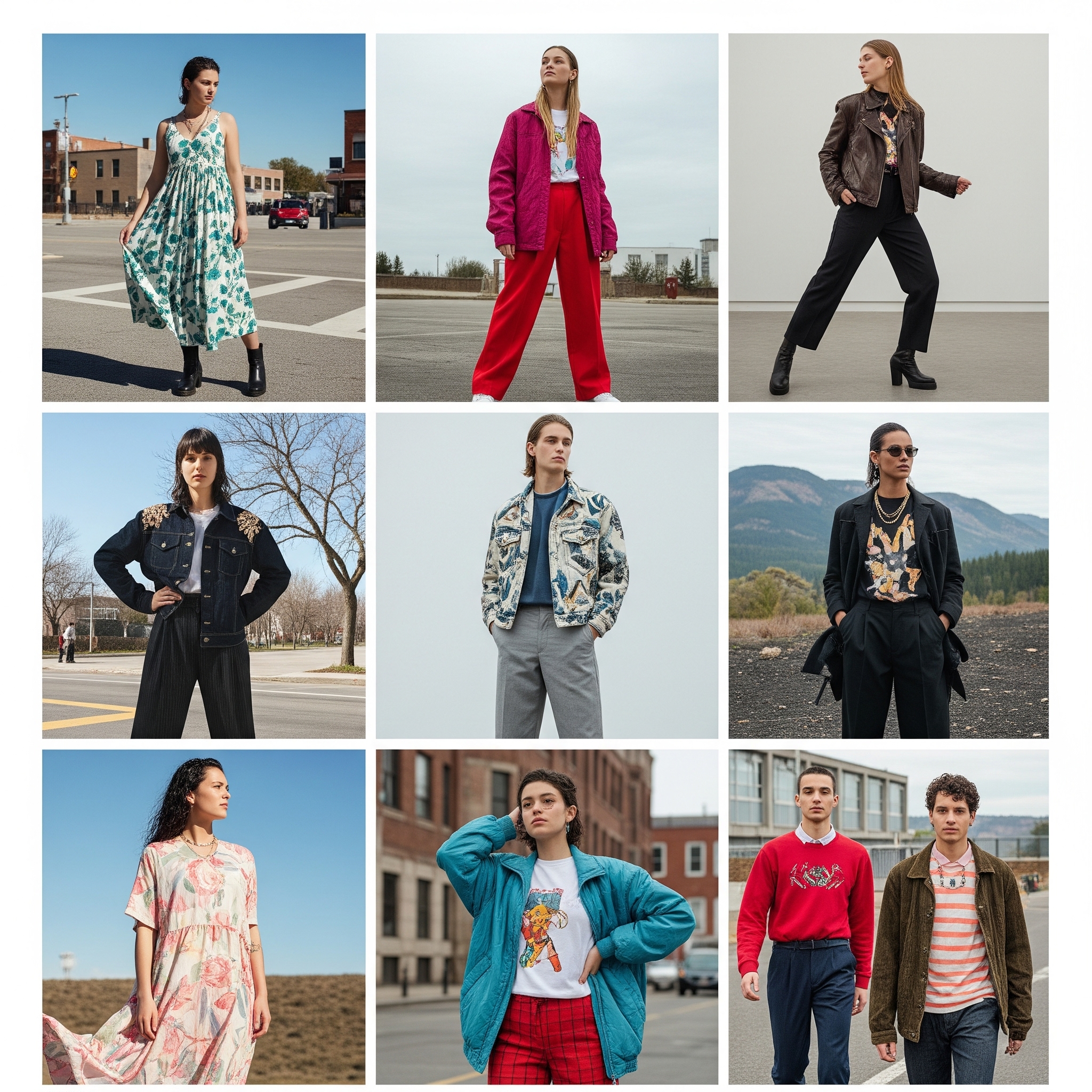Blog
The Rise of Gender-Neutral Fashion: Redefining Design, Inclusivity, and the Future of Style

For centuries, the fashion industry has operated under rigid gender binaries, dictating distinct collections, silhouettes, and aesthetic norms for “men’s” and “women’s” clothing. However, a profound and liberating shift is currently reshaping this landscape: the ascendance of gender-neutral fashion. This burgeoning movement is far more than a passing fad; it’s a fundamental re-evaluation of design principles, marketing strategies, and the very essence of personal style, aiming to dismantle traditional barriers and foster a truly inclusive approach to dressing.
At its core, gender-neutral fashion champions the principle of individual expression over prescribed gender roles. Designers are increasingly crafting collections that are intentionally designed to be worn by anyone, irrespective of their gender identity. This paradigm shift often manifests in relaxed, fluid silhouettes, versatile pieces, and a strong emphasis on comfort, functionality, and adaptable styling. The deliberate aim is to erase the restrictive “his” and “hers” labels, empowering individuals to select clothing purely based on personal preference, desired fit, and aesthetic appeal, rather than adherence to societal expectations tied to gender. This approach recognizes that clothing is a form of self-expression, and that expression should be limitless and unburdened by outdated constructs.
One of the primary catalysts behind this transformative movement is the burgeoning societal demand for inclusivity and authentic representation. As global societies evolve to become more aware, understanding, and accepting of diverse gender identities and expressions, the fashion industry is compelled to reflect these shifts. Consumers, particularly younger demographics who are more fluid in their self-identification, are actively seeking out brands that align with their progressive values and offer clothing that authentically resonates with who they are. Gender-neutral lines are a direct and necessary response to this demand, providing a much-needed space where every individual feels seen, validated, and empowered to express themselves through their sartorial choices without societal judgment or limitation.
Moreover, the adoption of gender-neutral design principles often carries inherent sustainability benefits. By creating garments that transcend traditional gender categories, brands can potentially streamline production processes, reduce complexities in their supply chains, and minimize overall waste. This focus on universality can lead to more efficient manufacturing and fewer discarded designs that only cater to one segment of the market. It also actively encourages a more thoughtful and less consumerist approach to purchasing. Versatile, gender-agnostic items can be easily shared among individuals, styled in myriad ways, and seamlessly integrated into diverse wardrobes, thereby extending their lifespan and reducing the need for constant new purchases. This aligns perfectly with the broader movement towards a more circular and responsible fashion economy.
The impact of gender-neutral fashion extends beyond the garments themselves, influencing how fashion is presented and perceived. Retail spaces are evolving, with many brands opting for combined sections or even entirely mixed displays rather than segregated male and female departments. Marketing campaigns are increasingly featuring diverse models and showcasing clothing in ways that emphasize versatility and individual styling, rather than adhering to stereotypical gender presentations. This shift in presentation normalizes the idea that clothing is simply fabric and form, without inherent gender.
Ultimately, the rise of gender-neutral fashion signifies a profound and welcome transformation within the industry. It reflects a growing societal understanding that identity is complex and multifaceted, and that clothing should serve as a tool for self-expression, not a means of categorization or limitation. It is a testament to the power of fashion to transcend conventional boundaries, fostering a more fluid, inclusive, and empowering landscape where style truly knows no gender. This movement challenges us all to reconsider our preconceived notions about clothing and embrace a future where fashion is truly for everyone.
